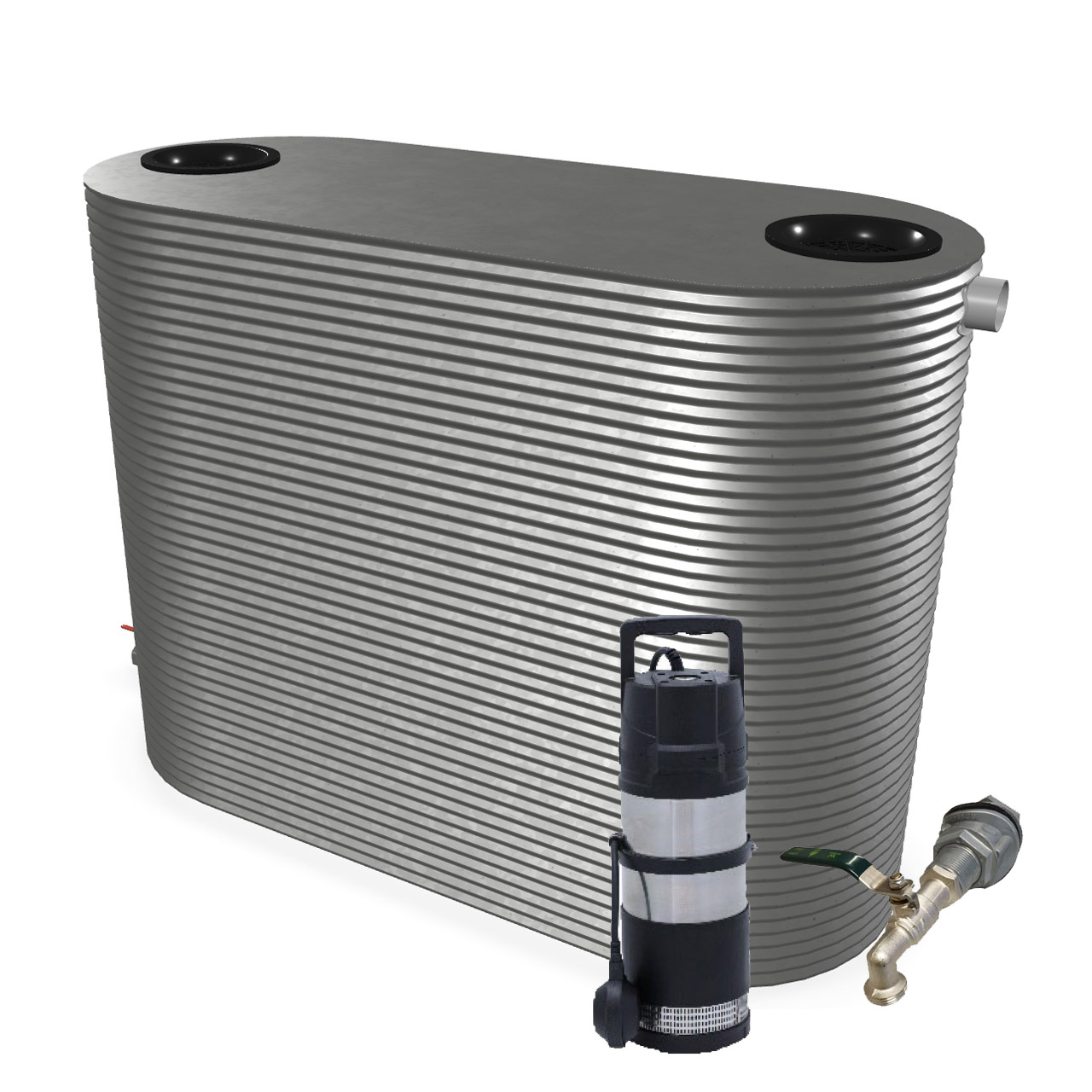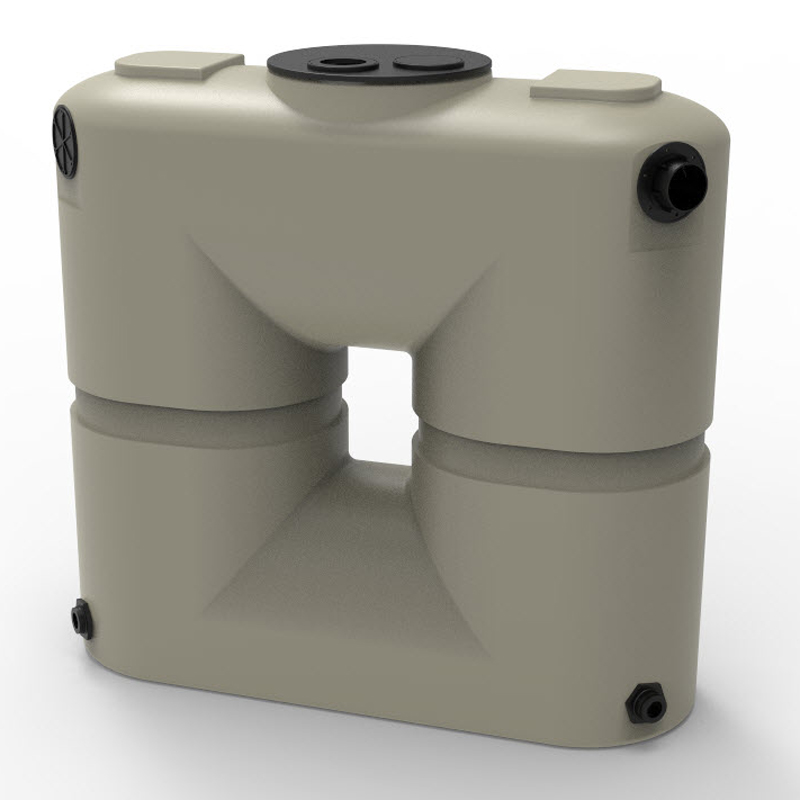Discover the Advantages of Slimline Water Tanks for Space-Saving Storage Space
Discover the Advantages of Slimline Water Tanks for Space-Saving Storage Space
Blog Article
Comprehending the Importance of Rain Storage Tanks in Drought-Prone Regions for Water Safety
In regions at risk to long term droughts, the duty of rain tanks in strengthening water safety is a topic of expanding significance. As areas come to grips with the challenges of water deficiency, comprehending the value of these storage tanks surpasses simple collection of rainwater. Rain tanks offer as a vital device in reducing the influence of water shortages by giving a sustainable resource of water for various demands. The real value of rain containers prolongs much beyond plain storage space; it encompasses resilience-building procedures and the promo of long-term water preservation approaches. This multifaceted strategy to water security warrants a better exam of the role rainwater storage tanks play in ensuring a reliable water system throughout times of drought.
Benefits of Rainwater Containers
Making use of rainwater storage tanks offers a sustainable service for enhancing water system and improving water protection in household and business setups. Among the key advantages of rain storage tanks is their capability to decrease reliance on mains supply of water. By capturing and storing rain that drops on roofs, this alternate resource can be utilized for different non-potable functions such as irrigation, flushing toilets, and cleaning garments. This not just saves treated drinking water yet additionally reduces water expenses for users.

Rain Harvesting Techniques
Rainwater harvesting techniques encompass a range of methods developed to effectively gather and keep rainwater for different functions, contributing to water conservation and sustainability. One common technique is the setup of rooftop catchment systems, where rainwater is collected from the roofing system of a building and directed to a storage tank. This approach is reasonably straightforward and cost-efficient. An additional preferred strategy is the usage of above-ground or below ground storage tanks to keep rainwater for later use. These storage tanks are available in various sizes and materials to suit different demands and can be attached to the existing pipes system for very easy gain access to.

In addition, rainfall gardens and absorptive sidewalks are cutting-edge methods that involve landscaping or paving surface areas in a method that allows rainwater to percolate into the ground, renewing groundwater books. Furthermore, shape farming and terracing are farming techniques that aid catch rain and avoid soil disintegration in sloping surface. By carrying out these diverse rainwater harvesting techniques, neighborhoods can boost water protection and durability in drought-prone areas while promoting lasting water monitoring practices.
Value of Water Security
Making sure dependable accessibility to clean and adequate water sources is paramount for sustaining human health, economic growth, and environmental wellness. Water safety is a crucial element of social resilience, specifically in regions prone click this link to dry spells and water shortage. Ample water security encompasses different measurements, consisting of schedule, high quality, and accessibility of water for domestic, farming, commercial, and ecological demands.
Water safety and security plays a critical function in advertising public health and wellness by lowering the frequency of waterborne conditions and ensuring sanitation facilities. Economically, great post to read water security is essential for agricultural productivity, industrial operations, and total financial growth. Slimline water tanks. Water protection is very closely connected to ecological sustainability, as it sustains environments, biodiversity, and general eco-friendly equilibrium.
In drought-prone regions, water safety becomes even much more vital because of the heightened threat of water shortages. Applying approaches like rainwater harvesting, water recycling, and efficient water management techniques can considerably boost water safety in these locations. By prioritizing water protection, communities can much better withstand the effects of environment modification, populace development, and other obstacles that threaten water accessibility.
Enhancing Water Strength
With increasing worldwide water obstacles, building durability in water supply has ended up being a crucial focus for lasting growth efforts. Enhancing water durability entails implementing techniques to make sure water schedule and quality when faced with transforming ecological conditions, such as droughts, floods, and contamination.
One trick aspect of improving water strength is advertising making use of rain tanks in drought-prone regions - Slimline water tanks. Rainwater storage tanks work as an efficient methods of recording and storing rainwater for later use, decreasing dependence on limited freshwater resources throughout completely dry durations. By incorporating rainwater harvesting systems into water management plans, neighborhoods can improve their capacity to hold up against water scarcity and maintain water safety

Lasting Water Conservation
Among intensifying water obstacles, the sensible administration of water sources with lasting preservation techniques is necessary for making see page certain lasting environmental security and social well-being. Lasting water conservation involves the efficient use water sources to satisfy existing requirements without compromising the capability of future generations to meet their very own requirements. By implementing approaches such as rain harvesting, greywater recycling, and water-efficient modern technologies, communities can minimize water wastage and alleviate pressure on freshwater sources.
In addition, lasting water conservation practices add to ecosystem health by preserving adequate water degrees in rivers, lakes, and marshes, sustaining biodiversity, and maintaining natural habitats. These techniques additionally play a crucial role in reducing the effects of climate change by helping to adapt to transforming rainfall patterns and water schedule.

Verdict
In final thought, rainwater storage tanks play a crucial function in boosting water security and durability in drought-prone areas. By utilizing rain harvesting strategies, neighborhoods can lower their reliance on standard water resources and promote lasting water preservation methods. This not just assists mitigate the effects of water scarcity throughout droughts yet also adds to lasting water security and durability despite environment change difficulties.
Report this page